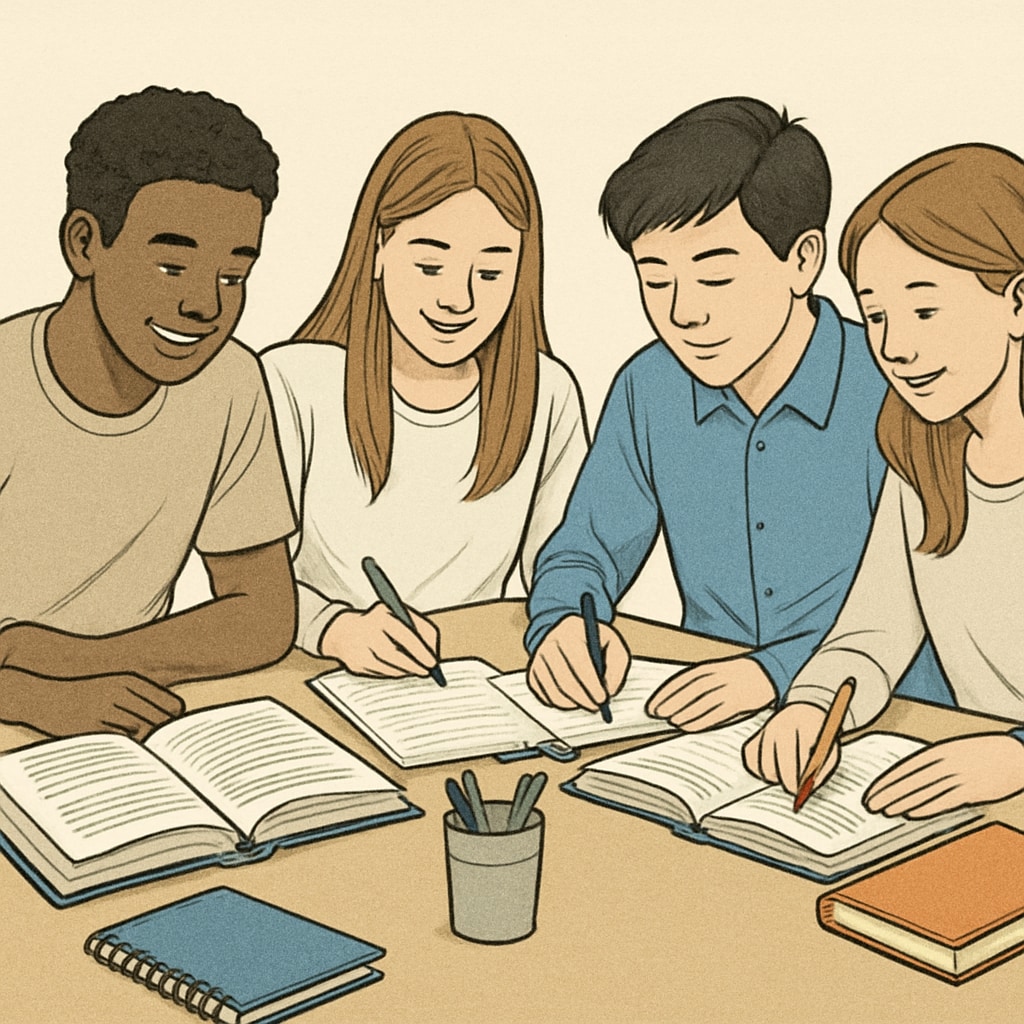For many teenagers, the journey through the UK education system is not always straightforward. Whether due to personal challenges, health issues, or other unforeseen circumstances, some students face interruptions in their academic progress. This article explores how such individuals can find their way back, offering insights into the available resources, alternative pathways, and practical strategies for returning to education after a break. By addressing learning gaps and rebuilding confidence, students can successfully rejoin the academic track and work towards their goals.
Understanding the Challenges of Academic Interruption
Taking a break from education can create significant challenges for students. These may include gaps in knowledge, reduced self-confidence, and difficulty integrating back into structured learning environments. For some, societal or familial pressures can exacerbate these issues, making the prospect of returning to school daunting. However, it’s important to remember that the UK education system offers a variety of supportive measures to help students overcome these obstacles.

Official Support Systems for Returning Students
The UK government and educational institutions provide numerous resources to assist students in returning to education. Key support systems include:
- Pupil Referral Units (PRUs): These specialized institutions cater to students who are unable to attend mainstream schools, offering tailored support to meet their unique needs.
- Alternative Provision Academies: These academies provide flexible learning environments for students who require a different approach to education.
- 16-19 Bursary Fund: Financial support is available for students aged 16-19 who may face barriers to education due to economic challenges. Learn more about the bursary fund on GOV.UK.
These resources ensure that all students, regardless of their circumstances, have a pathway back to education.
Alternative Pathways: Beyond Traditional Schooling
For some teenagers, returning to a traditional school setting may not be the best option. Alternative pathways are available, including:
- Online Learning Platforms: Digital education providers such as FutureLearn and OpenLearn offer free and paid courses tailored to various academic levels. These platforms allow students to learn at their own pace.
- Apprenticeships: Combining work experience with study, apprenticeships are a practical option for students who prefer hands-on learning. Explore apprenticeship opportunities.
- Further Education Colleges: These institutions offer vocational courses and academic qualifications tailored to individual needs, including GCSEs and A-levels.
Choosing the right alternative pathway can provide students with the flexibility and support they need to succeed.
Building Confidence and Bridging Learning Gaps
Returning to education often requires a focus on rebuilding confidence and addressing academic gaps. Here are some strategies to achieve this:
- Personalized Tutoring: Engaging with private tutors or utilizing school-provided tutoring programs can help address specific areas of weakness.
- Study Groups: Joining a study group can provide both academic support and social encouragement, easing the transition back into a learning environment.
- Time Management Skills: Learning to prioritize tasks and manage time effectively is crucial for balancing academic demands with other responsibilities.
Additionally, schools and local communities often offer workshops and counseling services to support students in their journey.

Looking Ahead: The Importance of Perseverance
Returning to education is not always an easy journey, but it is one that can open doors to countless opportunities. By utilizing the resources available within the UK education system and embracing alternative pathways, students can build a brighter future. Perseverance, coupled with the right support, can make all the difference in achieving academic success and personal growth.
As a society, it is crucial to support young people in their efforts to return to education. Whether through official programs, alternative solutions, or community initiatives, everyone has a role to play in ensuring no student is left behind.
Readability guidance: Short paragraphs and clear headings enhance accessibility. Lists summarize key points effectively. Over 30% of sentences include transition words for better flow.


